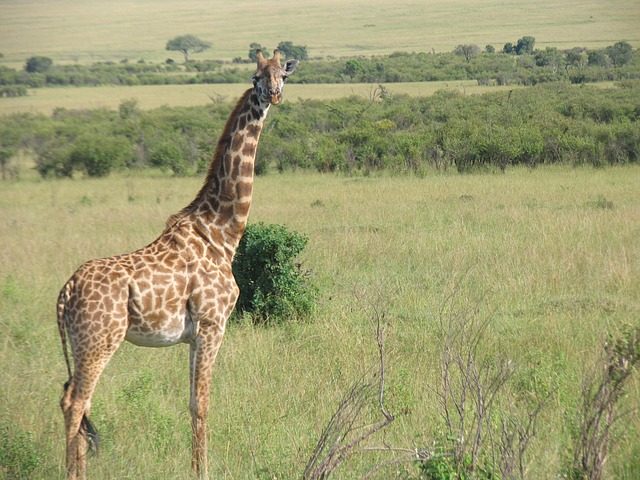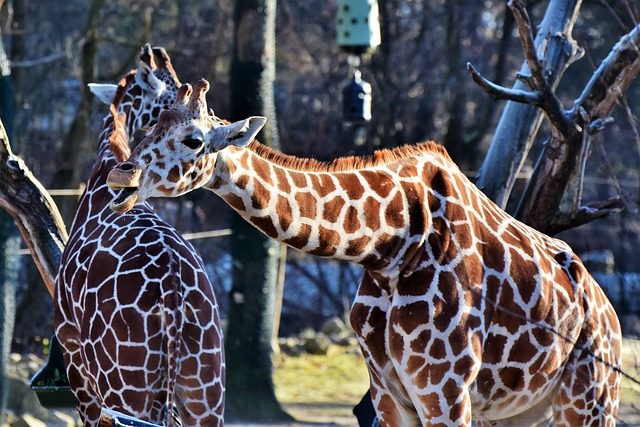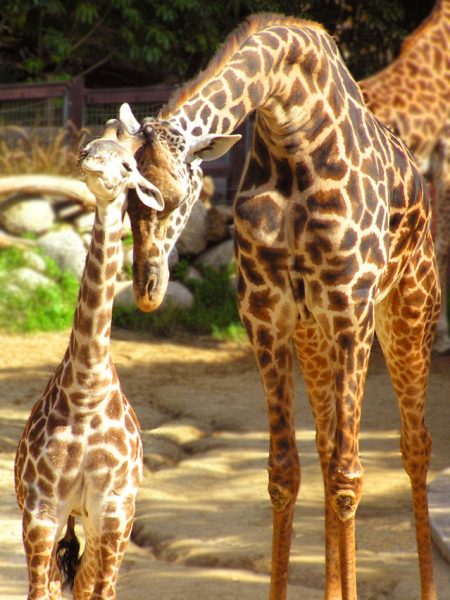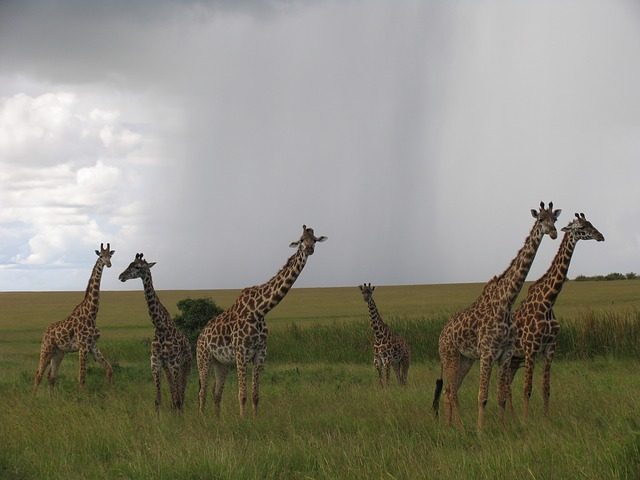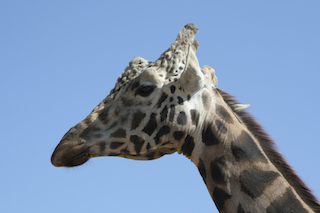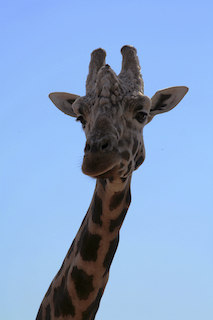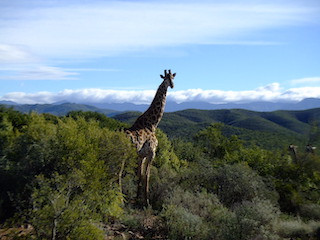Thriving Lifestyle Of Giraffes In Kenya
Giraffes are native to Africa. They live in the south of the Sahara to northern Botswana, and eastern Transvaal and Natal. They occur in the tall trees, dense forests, grasslands, woodlands and open plains as well as in the dry and arid savanna zones in central, eastern and southern Africa. Sadly, giraffes have disappeared from western Africa, except a remaining population in Niger. Maasai giraffes range throughout Tanzania and across central and southern Kenya. They have jagged markings that appear like grape or maple leaves. Today, conserved populations of giraffes are thriving, and conservationists have reintroduced them to game reserves and private ranches. And the beautiful animals are seen as a major tourist attraction for safari lovers.
Courtship before sex
Giraffes reach sexual maturity at the age of four. Females are continuously courted by the wandering males because they do not have a set breeding season. Mating occurs year-round. The men check the sexual receptiveness of the women by moving from group to group. When they find an estrous female, they start courtship and guard it against other males. If it comes into contact with a competitor, the two will begin to interlock their necks and bump heads as a way of establishing a hierarchy, with the dominant one earning the right to mate. Courtship starts when the male approaches a female to perform a urine test. The male smells the urine with a lip curl. It then rubs his head near her rump and rests it on the female’s back. After a while, the male licks the female’s tail and lifts its foreleg. If the female is receptive, it circles the bloke holding her tail out, takes on a mating position and the copulation occurs.
Vulnerability of calves
Giraffes can become pregnant at the age of 5 and carry the baby for 15 to 16 months. They typically give birth to a single calf while standing up or walking after a gestation period of 457 days. Twins are uncommon, but it does occur. The calf enters the world by being dropped from 2 m to the ground i.e. nearly six feet from the air. Newborns weigh 70 to 100 kg or up to 200 pounds and are about 6 feet or 67 to 79 inches tall from the ground to shoulders. They begin sucking fifteen minutes from birth. The young can get to its feet within an hour of birth.
Tender loving care
The calf hides throughout the first week and the mother stays nearby, carefully guarding and feeding it. After four weeks, the mother will leave the calf in a crèche when she goes off to browse leaving the other moms who are left behind to protect its calf. A crèche is a group consisting of several moms with their offspring. The mother giraffe returns before nightfall to nurse and suckle its calf. The calves grow an inch a day, and by two months they eat leaves. A young giraffe is usually weaned between six to eight months but can survive early weaning at three months.
Differences between gender
The independence period varies between cows and bulls. The calves nurse for 13 months. After that, the females tend to stay within the herd, whereas males tend to become solitary until they obtain their pack and become dominant. According to scientists, only a quarter of the newborns of giraffe survive their first year, and only 52% of them reach maturity because they cannot defend themselves. They are very vulnerable and preyed upon by lions, hyenas, and leopards.
Lack of bonding
Giraffes travel in big packs consisting of any combination of ages or sexes, but there is no team bonding. The only close bond is between a mother and calf. The herds are loosely structured, open, and unstable varying from 2 to 70 individuals. They can include mixed genders and ages, all male, all female, or female with young calves. The composition changes continuously. Males are solitary and nomadic and move between herds of females. Youngsters stay with several adult females. Individual giraffes join or come together only if threatened and leave at will.
Height of advantage
Maasai giraffes are the tallest of the subspecies of giraffes. They do not have to compete with other animals for food because of their height. As a strict herbivore, a giraffe is adapted to reach shoots, foliage, fruits, flowers and other vegetation from tall trees that are inaccessible to other herbivores because of its extreme height and long necks. The height also helps them to remain in areas where grazing has obliterated the plants close to the ground.
Consumption of food
The 45 cm long prehensile black tongue, narrow muzzles, and bendable upper lips of the giraffe are helpful in eating because they help strip leaves from thorny branches as well as pull pods from the trees into the mouth. Then with the spatulas incisor teeth, it tears them from the stem.
Preferred staple diet
Although giraffes have been known to eat from many tree species including Mimosa pudica and Prunus armeniaca, a staple in the diet is the young leaves on acacia trees. Giraffe molars crush the thorns in acacia trees. In areas where the savanna is full of minerals or salt, they can eat soil as well. It consumes about 66 kg of leaves and twigs during the 16 to 20 hours of the day that it feeds but can maintain itself on 7 kg of foliage a day in poor-quality areas. Giraffes are ruminants with a four-chambered stomach. They eat and drink either during the morning or evening when the heat is tolerable. During the hot midday sun, they rest in more shaded areas and usually regurgitate their food known as cud, although it can take place during any time of the day. Male giraffes feed with their neck and head completely outstretched to the shoots from the underside of the canopy. Female giraffes are more selective and choose highest nutritional foliage from lower trees or shrubs feeding at knee and body height.
Consumption of water
Giraffes can survive in regions with scarce water. They can go for several days without drinking water and stay hydrated by the leaves’ moisture. Because they drink only occasionally, they can be found far away from a water source. But when they do come across water, they splay their front legs to get their head close to the ground to drink.
5 Frequently Asked Questions About Giraffe lifestyle
To receive a colourful digibook about giraffe with videos, images and text, please fill out the following form or simply email us on safaris@safari-center.com

